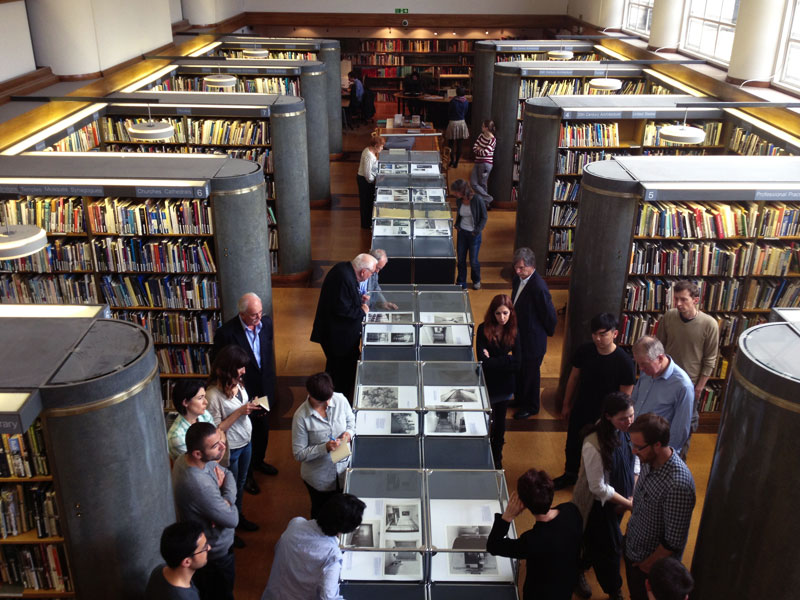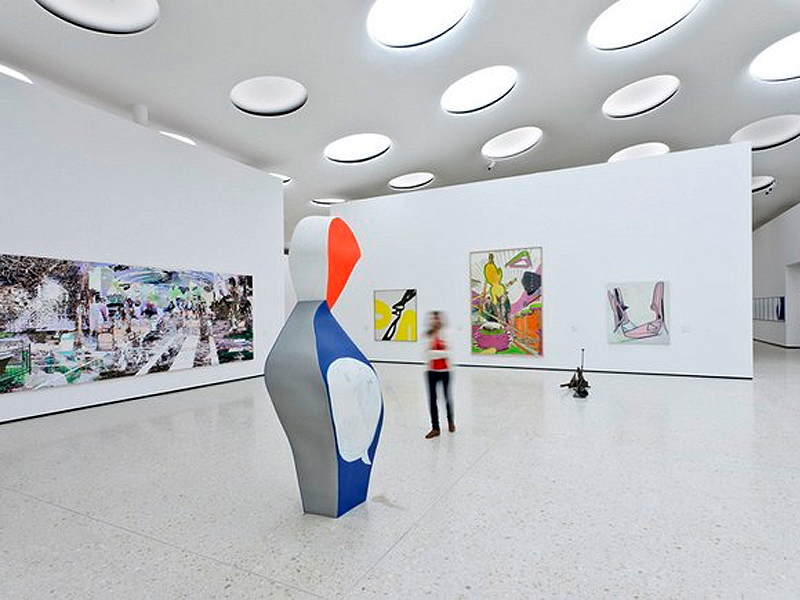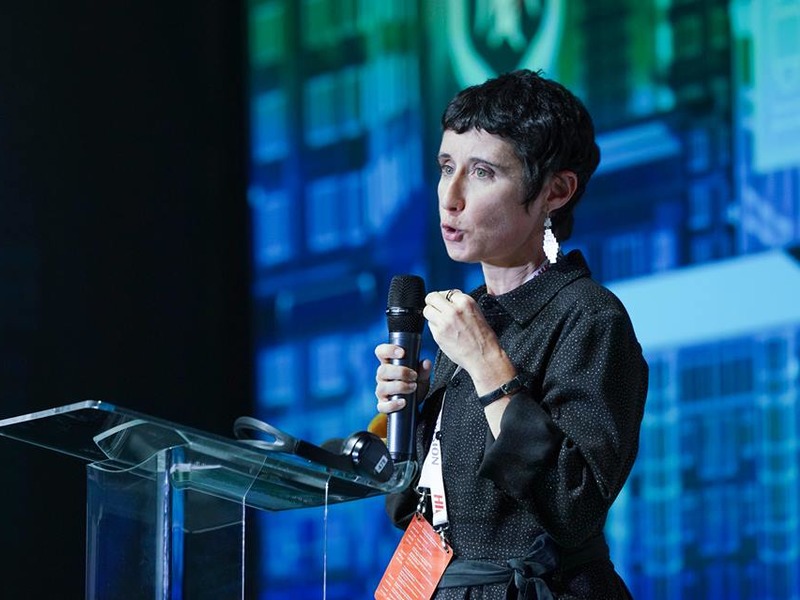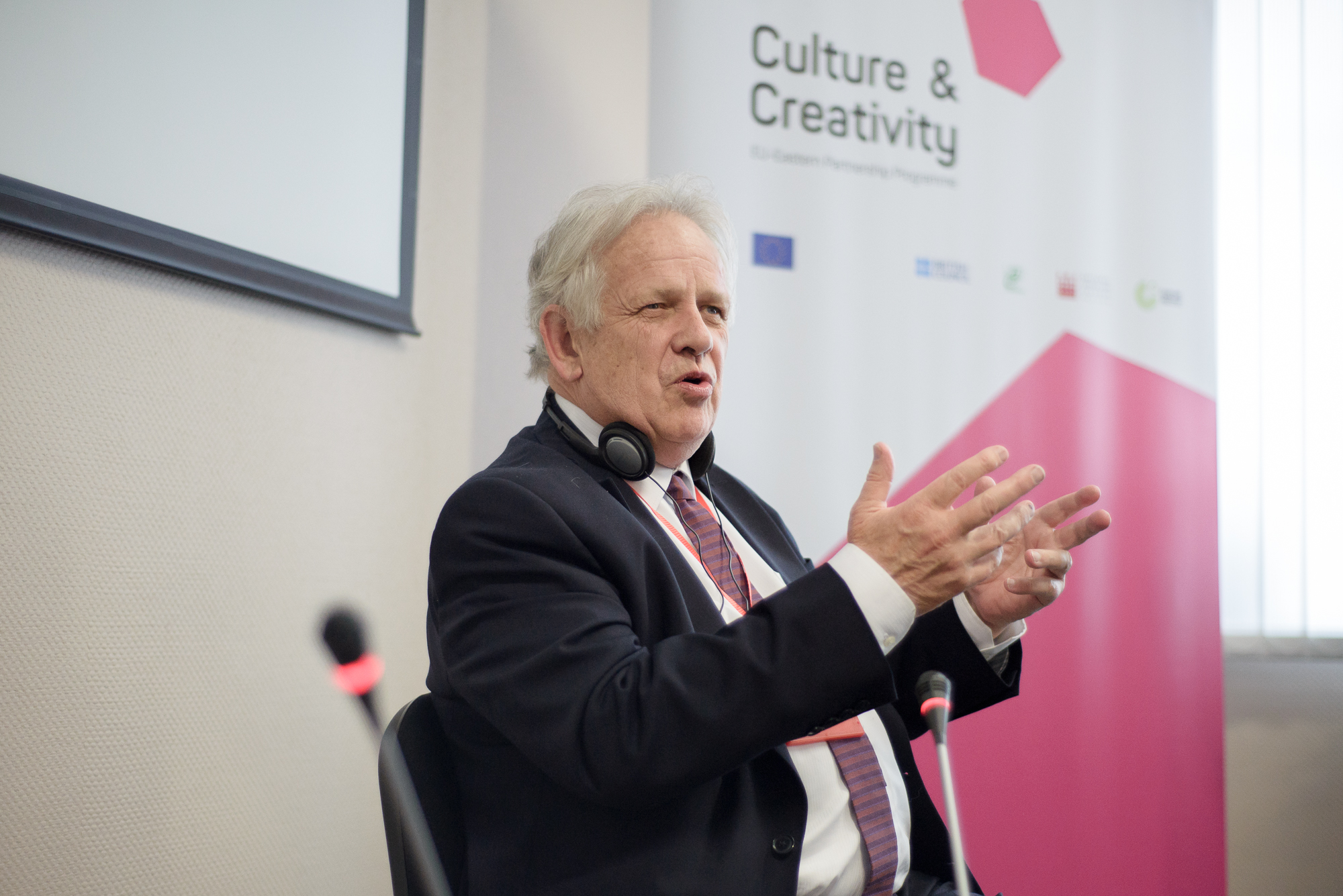
Valentina Kiseleva: “Contemporary art in Belarus has great potential and can transform society”
– Valentina, some believe that only the state can develop the cultural sphere since it is the main investor and owner of monuments. Do you agree with such a view?
– The state cannot have the monopoly in the sphere of culture. One of the main roles of the state is supporting creative, relevant, independent initiatives and the entire private sector in the field of culture. By “support” I mean offer grants, benefits and other forms of financial assistance. For example, everyone knows how important the renting of space is for exhibition activities. This is very expensive in Minsk. The problem can be resolved with preferential rental rates for cultural projects. Some may say that seeking to achieve such benefits in Belarus today is a utopia, but I don’t think so.
– Another stereotype: “culture cannot be profitable on its own”. Is this so? What should be done for activities in the field of culture to be commercially successful?
– For the cultural sphere “to stand on its feet” and be able to earn its way, investing in development is necessary. Today, there is a great emphasis in Belarus on developing tourism and traditional forms of art. While contemporary art and its current forms are somehow overlooked. Yet contemporary art has great potential and can transform society. Everybody knows of examples of European cities where creative clusters, projects related to contemporary art developed the economy of abandoned areas and whole cities. The old Minsk depot, an abandoned area in the city, is located right behind our gallery. How many years has it been just standing there, not in demand...

– How would have you used the space?
There you can equip studios, exhibition spaces, coworkings. If art was given the opportunity to develop these territories, business would definitely follow – cafes, restaurants, shops would open. New interest in this area would emerge; the creative young would make it popular. Of course, the state would receive taxes and payments for rental fees. But those who start a business and show initiative should receive help – be given the opportunity to realise their ideas. Yes, the Minsk depot is the centre and the city council probably has plans to develop it. Nevertheless, this place is empty. There are many such places in Minsk: deserted, abandoned and, at the same time, very promising for exploration by cultural initiatives.
– Do you believe that artists, masters, designers have enough ideas and potential to explore such vast urban spaces such as the Minsk depot, for example?
– I believe they do. For example, our Y Gallery has already been operating for 7 years. The space has become too small for us now, we are unable to realise all ideas and proposals. On the other hand, when the same demands as those of a commercial structure are put on a contemporary art gallery, it is very difficult to survive. But we were ready for this. From the very beginning, we combined a commercial bar, a designer products shop and a gallery in one space. We actively rent out the premises for various cultural events. We chose a commercial form of existence from the start since we knew that there was no other way. We don’t receive any benefits or subsidies. Thanks to this model we are able to present commercial projects to the public.

– What is the “creative approach” to business about?
– It is about the fact that creativity is paramount. It is difficult now in Belarus to open a bar or any other public cultural place. The regulations for operating such enterprises are very strictly regulated. There are only specific templates that can be used. Within such a framework, there is no space for creativity. That is why there is no possibility of offering new forms that have never existed in Minsk before. A creative business is the ability to improvise and offer something new. On the beaten path, in a model familiar to everybody, find and adopt a non-standard solution.
– Is there a contemporary art market in Belarus today?
If you’re talking about sales of works by contemporary artists, yes it happens. But it is a spontaneous, non-regular market. Where a purchase at a gallery is a guarantee of a secure investment. An artist sold by a gallery has authority and support, he has solo as well as group exhibitions, he is famous in the country and in the international community. And this means that the paintings purchased from us will not see a fall in price over time, and the artist won’t disappear. But on our market, unfortunately, “studio purchases” are still common. Collectors prefer to bypass this route.

– What is on the agenda today for culture professionals? What are the most pertinent issues for the cultural community of Belarus today?
– One of the major problems is the absence of positive communication within society. The divide between state and independent sector is very acute. I believe that regular communication, simply meeting and talking, identifying problems and attempting together to find ways to solve them is all very important. That is why we are now working on promoting the idea of creating a Culture Workers Association that would include representatives from both the state and independent sector. It is a public council that would be able to voice and solve our problems. It is necessary to turn the focus from local communities to cross-sectoral collaboration.
– What is the object, main subject of this communication?
– The object of communication is an exchange of experience. We have experience that we are willing to share. The experience of state agencies is important for us. We would like to work together. At this time, this communication is very weak. It is practically non-existent. For example, throughout the whole history of Y Gallery, the rector of the Belarusian State Academy of Arts has not visited us once. The director of the Museum of Contemporary Art has visited just once... Although we regularly send out invitations.

– What could Y Gallery share with state institutions?
– We have vast experience of exposition and exhibition work. We work taking into consideration contemporary trends and could transfer our experience in the choice and realisation of projects, propose annual joint programmes. But to offer our experience, continuous communication is indispensable. In my opinion, informal forms such as master classes, workshops, training sessions are especially effective. When we are not working (although for culture professionals everything is work), it means that there is a different atmosphere around that contributes to the birth of joint ideas or, at least, friendship.




